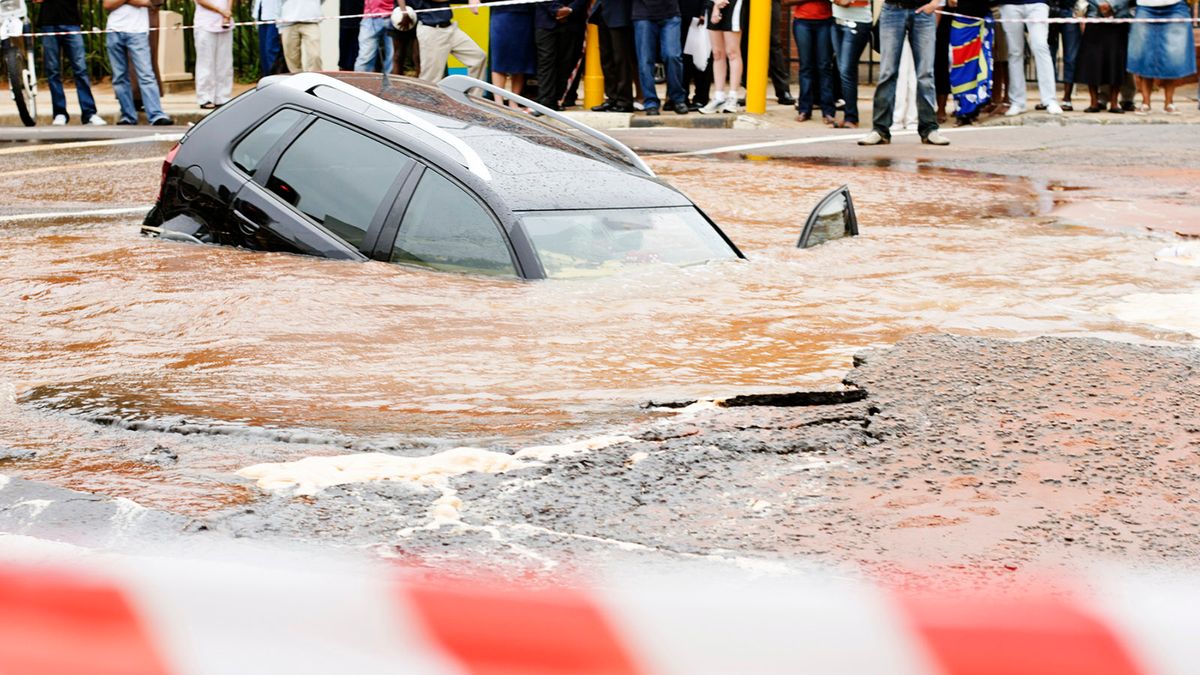
Crash Detection, a new feature in Apple’s iPhone 14 lineup of phones as well as new Apple Watch devices, is designed to be triggered in a car crash and help the phone’s user call emergency services in case they’re incapacitated. When Apple launched the feature, it said it’s only going to work if you’re actually driving and if you experienced a crash, so simply dropping the phone or falling shouldn’t trigger it.
Going on a rollercoaster and bringing your phone with you, however, might falsely trigger Crash Detection in some cases.
According to a report by the Wall Street Journal(opens in a new tab), it has happened in several different amusement parks across the USA, including Kings Island near Cincinnati, and Six Flags in New Jersey. In a few cases, the phones placed calls to emergency services during the rides, with riders unable to do much about it until the ride was over.
The feature is likely triggered by the extreme speed-ups and slow-downs that happen during a rollercoaster ride, tricking the phone’s sensors into thinking a crash has occurred. An Apple spokesperson told the Journal that the feature’s algorithms were validated using “over a million hours of crash data” and that the feature is “extremely accurate in detecting severe crashes.” They added that Apple will continue to improve Crash Detection over time.
Crash Detection may not be perfect, but it has already been proven to work as intended, both in testing and in real life. A week ago, an iPhone detected the impact following a deadly car crash(opens in a new tab) in a remote area near Lincoln, Nebraska, and alerted the emergency services.
False positives, however, are troubling as they take precious time away from 911 operators and responders.
iPhone 14 Pro and Pro Max review: Apple’s Dynamic Island is worth the visit
This sort of specific issue, such as Crash Detection getting triggered in amusement parks, does sound like something that could be fixed with a software update. (We’ve asked Apple about it and will update this story when we hear back.)
Meanwhile, there are a few things you can do to prevent this from happening. One is to simply not take your phone on a rollercoaster, which is prohibited or at least discouraged by many amusement parks (including at Kings Island, where some of the false positive emergency calls were placed). If you must take your phone with you, switch it to airplane mode before the ride so it will not be able to place an emergency call.








